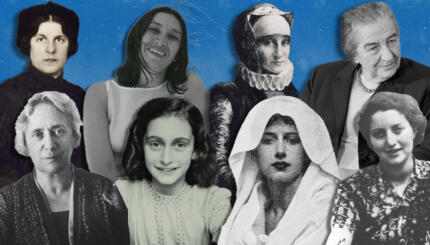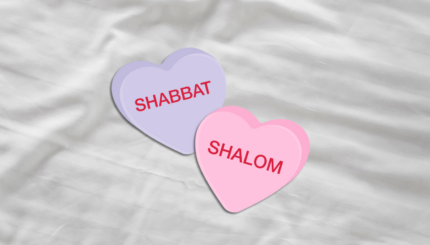It’s Pride season, although I celebrate all year long! But recently there’s been a lot of talk about our gay culture and whether we might lose it by gaining our rights and disappearing into the swiftly moving mainstream.
Judy Garland, Billie Jean King, Rubyfruit Jungle, Walt Whitman, Drag Kings, Harvey Milk, P-Town. Our history, our heroes, our catch phrases, our culture.
We have a long history of a common sensibility born from our outlaw days as a secret society. We managed to survive and even thrive while much of society despised us. We have our history, jokes, etiquette, magazines and buzz words.
But I worry. (So nu? What’s a nice Jewish girl to do besides worry???) How does this culture survive and get handed down?
In most cultures, passing along the history and sensibility is the job of the whole mishpucha (family) – bubbies, parents, aunts, and uncles. My Jewish family taught me my culture – my religion, too, of course, but mostly my culture. From as far back as I could remember there was chopped liver, matzah ball soup, and hand-wringing guilt; Yiddish phrases perfectly suited to each occasion (“Oy, I’ve got bupkes!”) and the discussion of our own specific history (“Never again!”). Grandma Rose taught me to make blintzes; Uncle Abe couldn’t stop telling Henny Youngman jokes.
By the time I was 10 I was thoroughly steeped in Jewish history and heroes. The Borscht Belt birthed our comics; we cheered for that rare beast, a Jewish athlete like Sandy Koufax. Oh, the kvelling for Supreme Court Justice Brandeis.
It was our culture to learn and to savor, handed down at the dinner table, at my Jewish summer camp, and even in college at American University, affectionately called “Jew U,” in the 1960s. We learned from our elders.
Which begs the question, how the heck are we going to make sure our gay culture gets passed down through generations if our alphabet generations do not, for the most part, come from LGBT parents?
Wake up, people, it’s our job! Yes, each of us. We’ve each got to be a storehouse, a library, an oral history of LGBT knowledge, trivia, and even jokes.
How many lesbians does it take to change a lightbulb? One to change the bulb and five more to sit around and process. (rimshot sound effect).
We need to go back and examine our early years. Let’s talk about lesbian separatists, like the Gutter Dykes in Berkeley, and Radicalesbians in Manhattan, and tales of U.S. properties owned by women where only women were allowed — and how that spawned a painful conversation about who is or is not a woman.
One of my favorite stories is about The Van Dykes, a roving band of van-driving vegans who shaved their heads, refused to speak to men, and traveled the highways stopping only on Women’s Land. In the ’80s we had the Pink Panthers protecting neighborhoods from anti-gay violence, the New York Lesbian Food Conspiracy food co-op, gay credit unions, stores, publishing houses, and late, great gay bookstores.
We must broadcast the work of the Gay Men’s Health Crisis, the enormity of the AIDS quilt, the pioneers like Barbara Gittings and Frank Kameny who picketed the White House in the ’60s for gay rights; the fall of “Don’t Ask, Don’t Tell,” and the entire playbook that has brought us to this Pride season.
This is culture we need to protect, celebrate, and hand down to our youngsters. But how? Let’s make a pact to branch out and pass it along. Solicit stories from our elders. Take a baby dyke to lunch. Join a PFLAG chapter. Stay involved with Keshet. Encourage multi-generational get-togethers to share and perpetuate our culture.
We have built families of affinity with whom we share holidays, birthdays and daily living. Let’s widen the circle to include Generation X, Millennials, and whatever generations we do not represent. We can spread the word and save our culture.
After all, who, if not us, will keep the memory of the mullet haircut alive? Oy. It’s part of our culture. Embrace it. And be glad it’s gone.
Like this post?


